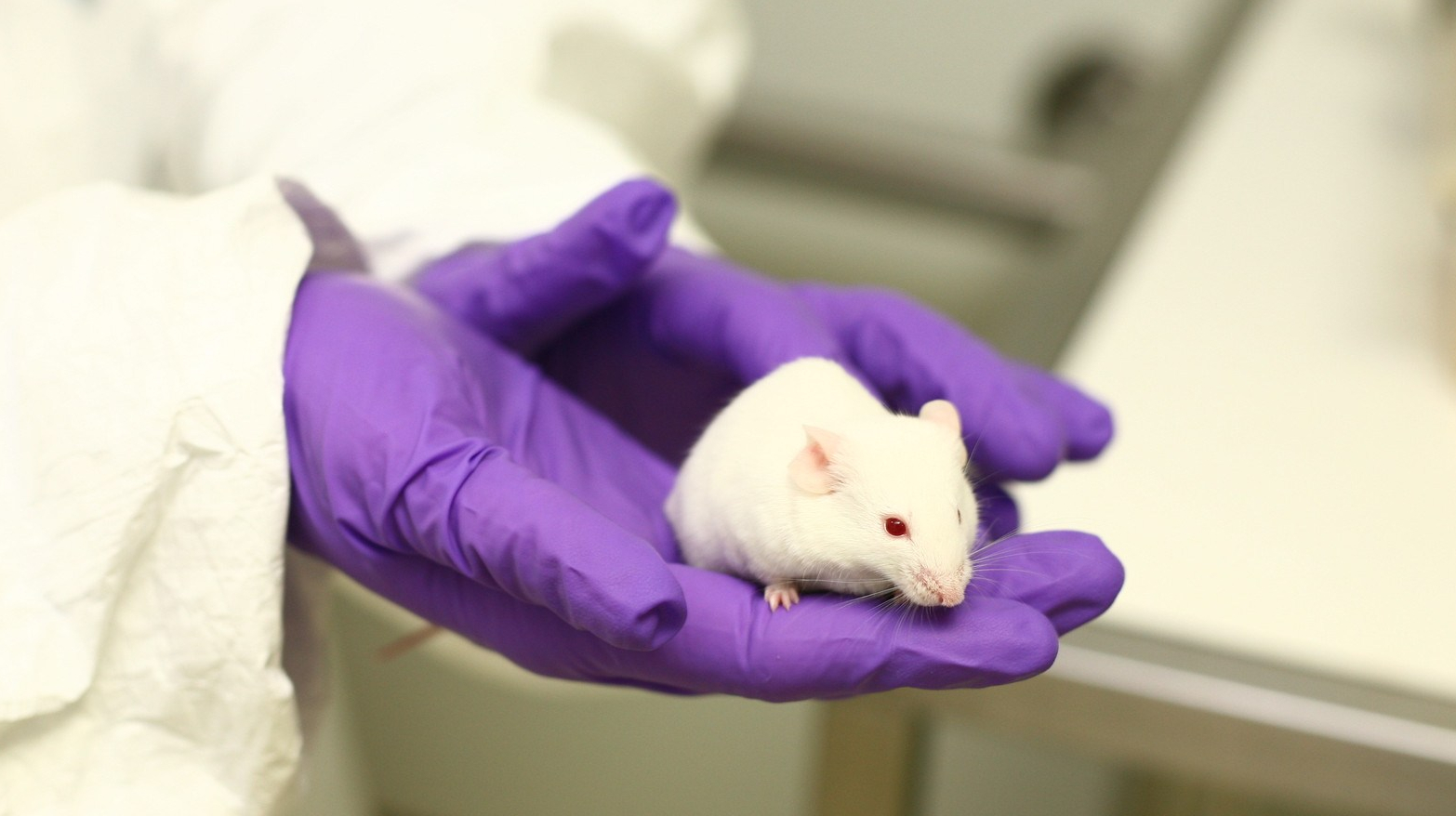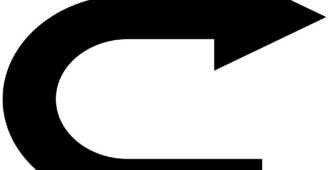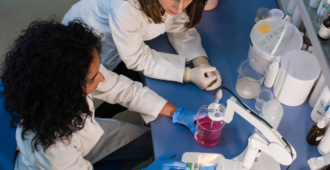‘From antibiotics and insulin to blood transfusions and treatments for cancer or HIV, virtually every medical achievement in the past century has depended directly or indirectly on research using animals’ – from the Royal Society’s position statement on the use of animals in research.
We know that talking about using animals in research is an emotive topic. We appreciate that some people will never accept that using animals in research is necessary, and we understand that it is not our place to try and influence anyone’s opinion on the use of animals in research. The purpose of this blog is to explore how using animal models of MND can further our understanding of this devastating disease, and how animals make it possible for potential new treatments for the disease to move forward into clinical trials in people.
Animals can help us to understand the mechanisms of MND
Because of the complexity of MND, animal models are still one of the most powerful tools to help us understand, prevent and one day cure MND. Before we can successfully treat MND we need to have a clear grasp of what’s happening in motor neurones that causes them to die. Focusing on the fundamental processes involved in the disease will provide a starting point for the development of new treatments. Animal models have already helped to further our understanding of some of these processes and this knowledge has helped us to move forward into promising clinical trials of new treatments.
 The most commonly seen cause of familial MND is a mutation in the C9ORF72 gene, which affects about 35% of people with the familial form of the disease. This is caused by a long and repeating expansion of the DNA sequence ‘GGGGCC’, which is not normally present. Let me explain this in a bit more detail. Our DNA is made up of billions of nucleotides. These are the building blocks of DNA and RNA. The C9ORF72 gene contains a sequence of these building blocks – GGGGCC. In a healthy gene this sequence is repeated 3-8 times. In a mutated C9ORF72 gene, this sequence can be repeated hundreds, even thousands, of times causing abnormal proteins to form clumps within brain cells. Researchers at the University of Manchester have inserted the human C9ORF72 gene into a mouse model and they will ‘switch on and off’ the production of the abnormal proteins. They will see if abnormal protein clumps similar to those seen in the brain of people with MND are formed, and how these affect movement in the mice. If they can successfully mimic features of C9ORF72-related MND they will be able to use the model to screen drugs to treat this form of the disease, and observe whether these will reduce the amount of toxic proteins.
The most commonly seen cause of familial MND is a mutation in the C9ORF72 gene, which affects about 35% of people with the familial form of the disease. This is caused by a long and repeating expansion of the DNA sequence ‘GGGGCC’, which is not normally present. Let me explain this in a bit more detail. Our DNA is made up of billions of nucleotides. These are the building blocks of DNA and RNA. The C9ORF72 gene contains a sequence of these building blocks – GGGGCC. In a healthy gene this sequence is repeated 3-8 times. In a mutated C9ORF72 gene, this sequence can be repeated hundreds, even thousands, of times causing abnormal proteins to form clumps within brain cells. Researchers at the University of Manchester have inserted the human C9ORF72 gene into a mouse model and they will ‘switch on and off’ the production of the abnormal proteins. They will see if abnormal protein clumps similar to those seen in the brain of people with MND are formed, and how these affect movement in the mice. If they can successfully mimic features of C9ORF72-related MND they will be able to use the model to screen drugs to treat this form of the disease, and observe whether these will reduce the amount of toxic proteins.

Two groups of researchers from the University of Sheffield are using zebrafish models of C9ORF72 MND. The C9ORF72 gene in zebrafish is very similar to the human gene. The first group is investigating defects in autophagy (one of the cells’ ‘waste disposal systems’) and the build-up of toxic waste in cells affected by the C9ORF72 gene. They will test several drugs that increase the effectiveness of the waste disposal process using their zebrafish model and in cells donated by patients, to see if these potential treatments reduce the inflammation caused by the toxic build-up of waste.
The second group will test if changing the levels of SRSF1 (which plays a vital role in the process of making proteins) has the potential to reduce toxicity in C9ORF72-related mutations. If it does, the discovery will aid in the rapid development of therapies for human C9ORF72-related MND. The team have already used a similar approach to identify neuroprotective drugs in a SOD1 mouse model of MND (mutations in the SOD1 gene are the second most common cause of familial MND).
Improving diagnosis and prognosis
Diagnosis of MND is currently a long and often painful process and mice have been used by researchers from the University of Edinburgh to test a non-invasive approach, called confocal endomicroscopy, to diagnose MND earlier than the current invasive method of EMG or muscle biopsy. Confocal endomicroscopy uses a small probe applied to the surface of the muscle and connected to a powerful microscope, enabling live observation at the neuromuscular junction (where the motor neurone ‘talks’ to the muscle, making it move). Researchers are aiming to develop this technique for use in people.
There are currently no reliable markers of diagnosis or disease progression. A major push is to identify such markers, known as biomarkers, in body fluids such as blood and/or cerebrospinal fluid. Previous research has suggested that micro RNAs (miRNAs) present in the blood may be used as a biomarker. miRNAs are short forms of RNA, the cell’s copy of our genetic material, that are found to be stable in the blood. Researchers at University College London are observing changes in miRNA within a large set of patient samples and in mouse models of MND. They will also test a potential drug that has been previously shown to normalise miRNA levels.
Animal research makes clinical trials for new MND treatments possible
We are very excited that there are currently several Phase 2 and 3 clinical trials recruiting people with MND across the UK. The development of the drugs being tested in these trials wouldn’t have been possible without the use of animal models.
Arimoclomol
Arimoclomol was found to improve neuromuscular function and extend lifespan in a SOD1 mouse model of MND. Participants are now being recruited into a Phase 3 trial to test the safety and effectiveness of arimoclomol.
Tofersen
Tofersen is an antisense oligonucleotide (ASO). ASOs are short sequences of synthetic RNA designed to target faulty RNA before it is expressed (made) into a faulty protein. Previous studies in SOD1 mouse models of MND demonstrated that expression of mutant SOD1 causes MND but when the gene is removed the disease does not develop. Other studies using rats and non-human primates showed that ASOs could cross the blood-brain barrier and were able to reduce the mutated form of SOD1 resulting in extended survival. A Phase 3 trial looking at the safety and effectiveness of tofersen is currently recruiting in the USA. Recruitment will begin in the UK later this year. A similar trial is in preparation for the C9ORF72 expansion.
These are just two of the trials currently recruiting. Information about other trials, in the UK and worldwide, is available on our website.
We are encouraged that several clinical trials for potential MND therapies have moved into Phase 3. These trials would never have been possible without the use of animals in the early stages of drug discovery and in testing the safety of these drugs before they could be used in humans.
“Don’t use animals, use me”

It is sometimes suggested to us, mainly by people living with MND, that we should use them to test experimental treatments instead of animals because ‘they have nothing to lose’. People living with MND are invited to take part in early trials of potential new drugs (Phase 1 clinical trials). However, before any new drug can be used in people, it must be tested on animals for safety and tolerability as well as effectiveness. This is a legal requirement. We must be sure about how a drug will react in a whole body – at present, an animal model is the only appropriate way of testing this. You can explore more about using people instead of animals in this article on the Understanding Animal Research website.
Find out more
The MND Association is now a ‘Leader in Openness’. Leaders in Openness are those organisations who commit considerable resource and energy to following best practice, embedding openness within their organisation, and making the aims of the Concordat (which sets out how organisations report the use of animals in research in the UK) a reality. You can read more about the Concordat, how and why we use animals in MND research and how the welfare of animals is always a priority on our website.
Around 35% of the research we fund involves animals (50% if we include fruit flies, for which a license is not required). We know that many people are uncomfortable with the knowledge that animals are being used to develop new treatments for human disease, and we acknowledge the sacrifice animals have made in progressing MND research. The use of animals in medical research remains essential and is an integral part of understanding how basic systems in the body work and what goes wrong with them to cause disease. We only support those institutions that abide by the strict ethical and legal framework for the use of animals in research and know this work will continue to make advances in the understanding and treatment of MND, and one day help to find a cure for the disease.
Animal images courtesy of www.understandinganimalresearch.org






